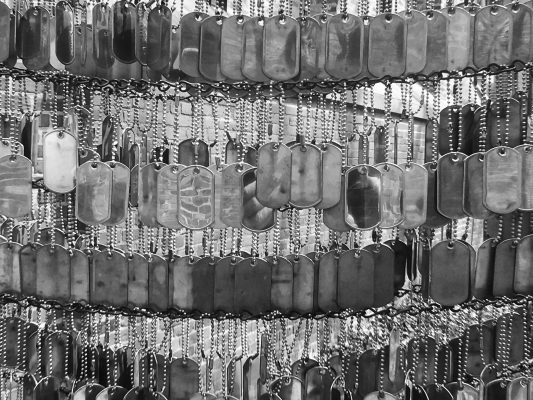The New England Journal of Medicine startled everyone this week by a posting a one-sentence warning over the so-called Porter & Jick letter to the editor that the journal published in January of 1980.
The warning note reads: “For reasons of public health, readers should be aware that this letter has been `heavily and uncritically cited’ as evidence that addiction is rare with opioid therapy.”
I find it remarkable that the NEJM did this, particularly so long after the letter itsel f was published in the journal. Apparently this kind of note is very rare.
f was published in the journal. Apparently this kind of note is very rare.
But I think it confirms what I wrote in Dreamland – in which I interviewed the main author of the letter, Dr. Herschel Jick.
I think it’s important to reiterate the impact, as well as the intent, of the letter.
As written, it is entirely correct. That a data base of hospital patient records, that Dr. Jick ran, and still runs, found the following: of 11,800 patients given narcotic painkillers while in hospital, only four developed an addiction to those drugs.
Remember this was data taken from the 1960s and 1970s, a time when narcotic painkillers were rigorously controlled, and never given to patients to take home with them. So it stands to reason that patients, under such strict controls and administered the drugs only in hospital, would rarely develop addictions – as the letter’s headline in the journal read when it was published: Addiction Rare in Patients Treated With Narcotics.
They simply didn’t have access to large supplies of narcotics, and especially drugs to take home with them, as patients routinely do today. Hence they didn’t run much risk of addiction. (The whole thing, btw, helped change my mind about what ignites a scourge of addiction, which I now believe is not demand, but supply. Supply first sparks demand.)
The problem came not with how the letter was written, but how it was interpreted, then used, by others. Through the late 1980s and 1990s, it was widely cited, quoted, footnoted – as my research in Dreamland made clear and as a recent letter to the NEJM from the Canadian doctors confirmed. It was deemed to be proof that somehow science now knew that addiction was rare when opiates were used to treat pain. Through the years, it became known, through a process similar to a game of telephone, as some kind of “landmark study” that presumably refuted much about what we know about narcotic painkillers and addiction.
The Porter & Jick letter – 101 words – neither did, nor intended, anything of the kind.
It was also used, of course, by pharmaceutical companies – especially Purdue Pharma, manufacturer of OxyContin – as proof that their drugs no longer caused addiction when they were used to treat pain. The company used the statistic that “less than 1 percent” of all patients administered opiate painkillers drugs – especially OxyContin – grew addicted to it. This was not true nor supported by any science. It was not supported by Porter & Jick, which was making an entirely different observation. Yet the letter was used to convince a generation of doctors that science now knew new things about narcotic painkillers and one was that they were “virtually nonaddictive” when used to treat pain. A claim that, again, has no basis in science or the letter.
All this I wrote in Dreamland, which came out two years ago. I found the whole story to be an unsettling episode in how scientific thinking changes based on no evidence at all, but due instead to deft and relentless marketing.
I’ll add one more thing. The NEJM’s warning note was prompted, as I said, by a review of the letter and its influence in scholarly studies that was published by some Canadian doctors in the journal this week.
I read the letter these doctors wrote and I don’t see Dreamland credited or footnoted.
I’m trying to take it all in with equanimity. Yet I’ll admit to some frustration to have done so much research and storytelling that brought this to light as part of Dreamland’s larger story of how this opiate-addiction epidemic spread, and which others have read and learned from, and then not have it reflected in the work those people do. On the contrary, the Canadian doctors’ letter is presented as some new revelation, which it is not.
So I’ll just say that it would have been nice to see my work credited in the recent NEJM report by those Canadian doctors, as well as media coverage of that letter. I’ll leave it at that.


